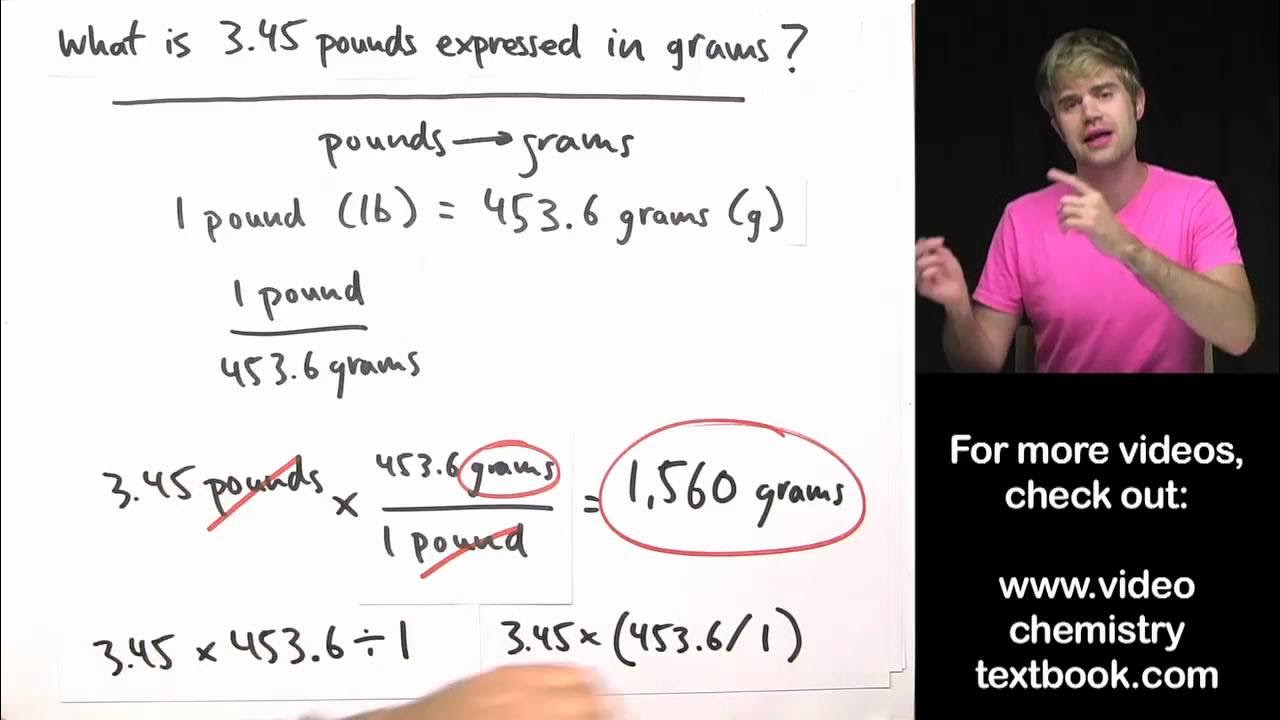Konversi Satuan - Fisika Kelas 7 SMP
Summary
TLDRThis video tutorial teaches the concept of unit conversion, primarily focusing on understanding metric units and their abbreviations. The lesson highlights units like kilometers, meters, and millimeters, and introduces new terms like petameter, gigameter, and nanometer. The script explains the conversion process through a mnemonic device to easily remember the sequence of units, as well as providing examples on how to convert between them. Key concepts like moving up or down the unit scale are covered, and viewers are guided through practical examples, including the use of scientific notation to simplify calculations.
Takeaways
- 😀 Unit conversion involves both large and small units like kilometers, millimeters, and various prefixes such as mega, giga, and nano.
- 😀 In junior high school, additional units like petameter, terameter, and micrometer are introduced beyond what was taught in elementary school.
- 😀 Common prefixes include 'P' for petameter, 'G' for gigameter, 'M' for mega, 'k' for kilo, and 'm' for meter.
- 😀 The relationship between units is often based on powers of 10, such as moving from kilometers to millimeters involves multiplying by 1000 multiple times.
- 😀 Memorizing the order of units can be easier with mnemonic devices like 'Peta' for the top units and 'Micro' for smaller units.
- 😀 A fun mnemonic for remembering the sequence of large units is 'Handsome Charming' for petameter, gigameter, etc., and 'Micro' for the smaller ones.
- 😀 Conversion between units like kilometers (km) to millimeters (mm) requires multiplication or division by powers of 10.
- 😀 Converting from larger to smaller units requires multiplying by 1000 for each step down the unit ladder.
- 😀 The script introduces example problems to show the conversion of units in practice, such as converting GM to decameters and nanometers to hectometers.
- 😀 The conversion process also involves expressing numbers in standard form to simplify calculations and handle large or small exponents, such as converting '0.0002 mm' to meters.
- 😀 The script emphasizes the importance of remembering to adjust the exponent sign when moving between larger and smaller units.
Q & A
What are some examples of metric prefixes mentioned in the video?
-The video mentions prefixes like petameter (P), terameter (T), gigameter (G), megameter (M), micrometer (µ), nanometer (n), picometer (p), and femtometer (f).
How can you remember the order of metric prefixes for large units?
-You can use a mnemonic like 'Pretty Terrific Great Men Make Interesting Decent Men' to remember the order: Peta, Tera, Giga, Mega, Kilo, Hecto, Deka.
What does the abbreviation 'µ' represent in the metric system?
-The abbreviation 'µ' represents micrometer, a unit that is smaller than a millimeter.
What is the relationship between the metric prefixes when converting between units?
-When converting between metric prefixes, you multiply or divide by powers of 10. For example, moving from gigameter to megameter involves dividing by 1000 (or multiplying by 10^3).
How do you convert units from a smaller to a larger metric prefix?
-To convert from a smaller to a larger prefix, you divide by powers of 10. For example, to convert from millimeters (mm) to meters (m), you divide by 1000.
What is the significance of standard form in unit conversions?
-Standard form is used to simplify the representation of large or small numbers by expressing them as a number between 1 and 10, multiplied by a power of 10. It helps in easier conversions between units.
How do you convert 5 gigameters (GM) to decameters (dam)?
-You convert 5 GM to decameters by first converting gigameters to kilometers (multiplying by 10^3), then to decameters (dividing by 10). The result is 5 x 10^8 decameters.
If you have 0.000012 millimeters, how do you convert it to meters?
-To convert 0.000012 millimeters to meters, express it in standard form (1.2 x 10^-5), then divide by 10^3 to convert from millimeters to meters. The result is 1.2 x 10^-8 meters.
What does the video suggest about unit conversions when going from larger to smaller prefixes?
-When converting from larger to smaller prefixes, you multiply by powers of 10. For example, converting from kilometers (km) to millimeters (mm) involves multiplying by 10^6.
What example does the video use to explain how to convert from micrometers to decimeters?
-The video explains how to convert 255,000,000 micrometers to decimeters. First, the number is expressed in standard form (2.55 x 10^8), and then it is divided by 10^5 to account for the conversion between micrometers and decimeters.
Outlines

This section is available to paid users only. Please upgrade to access this part.
Upgrade NowMindmap

This section is available to paid users only. Please upgrade to access this part.
Upgrade NowKeywords

This section is available to paid users only. Please upgrade to access this part.
Upgrade NowHighlights

This section is available to paid users only. Please upgrade to access this part.
Upgrade NowTranscripts

This section is available to paid users only. Please upgrade to access this part.
Upgrade NowBrowse More Related Video

Math 7 English to metric conversion of units #matatag #matatagcurriculum #conversionofunits #math7

The Metric System - Basic Introduction

AP Chem Video 1.2 Measurement, metric system, and conversions

Garis dan Sudut (2) | Satuan Sudut | Matematika Kelas 7

Converting Units with Conversion Factors

Metric Units and Dimensional Analysis
5.0 / 5 (0 votes)